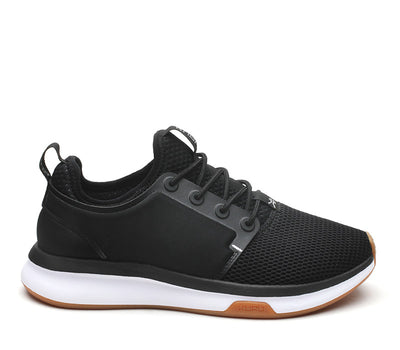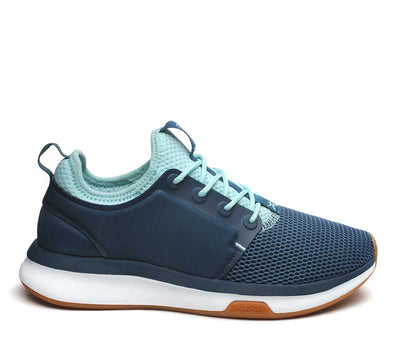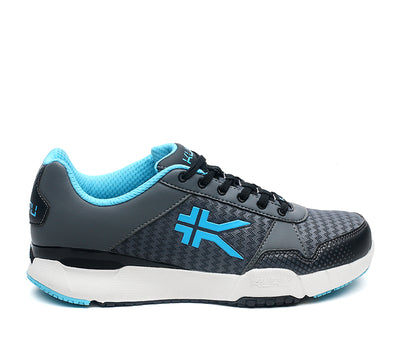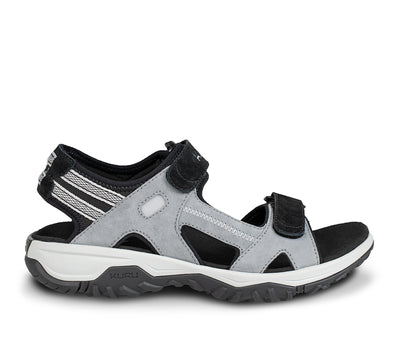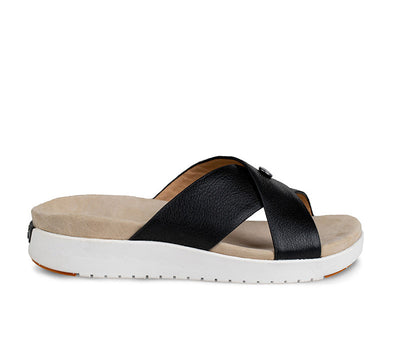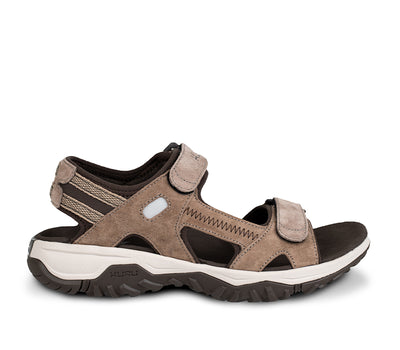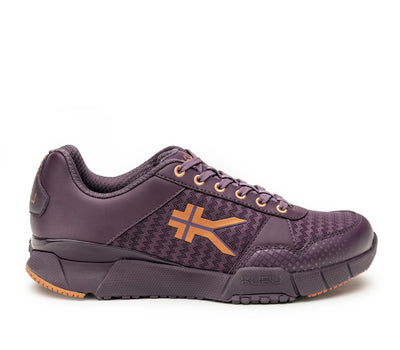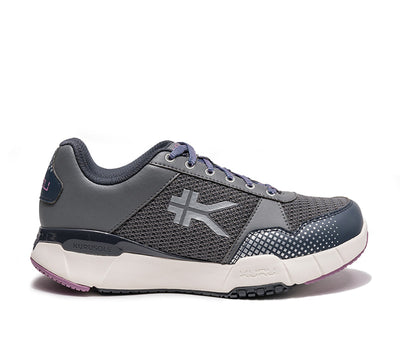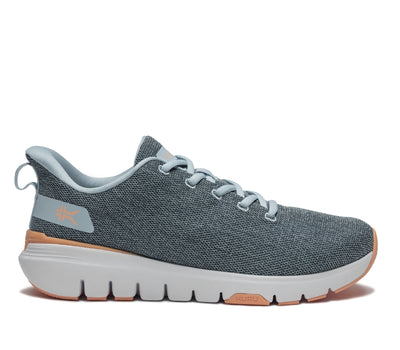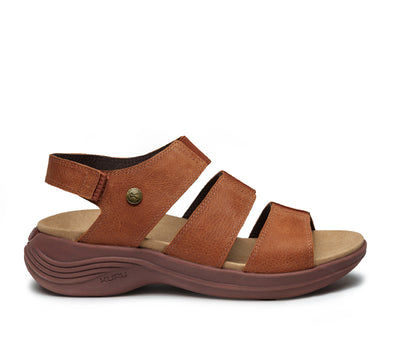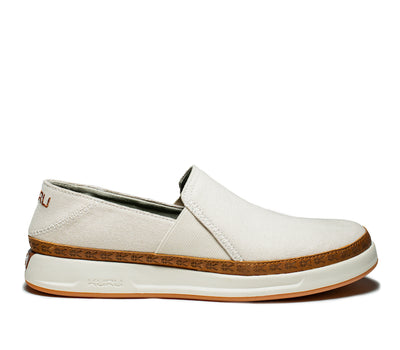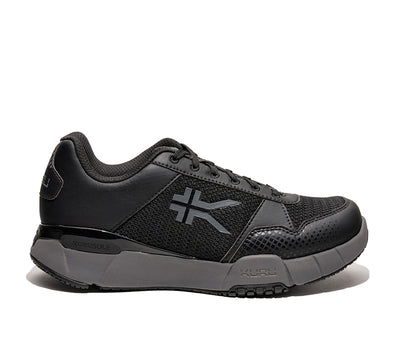Women's Shoes for Fibromyalgia
(33.2k)
At KURU, we design shoes that go beyond comfort. Every pair is built to support, cushion, and protect your feet, so you can stay active with less pain to worry about. Our patented KURUSOLE technology gently cups your heels to maintain their natural shape, reducing pain and promoting better foot health.
Combined with the lightweight, shock-absorbing KURUCLOUD midsole and customizable ULTIMATE INSOLES that mold to your unique feet over time, KURU shoes offer a level of support you can truly feel.
Features of Women's Shoes for Fibromyalgia
When searching for the best shoes for fibromyalgia and the best women’s walking shoes for fibromyalgia, it’s all about finding the right features to reduce pain and keep you moving with relief. Look for the following:
- Cushioning and Shock Absorption. Good cushioning reduces the impact on your feet and joints, helping to ease pain. Wearing shoes with premium foam insoles can absorb shocks and make walking more comfortable.
- Arch Support.Proper arch support helps distribute your weight evenly across your feet, reducing strain on muscles and ligaments. Shoes that can fit custom orthotic inserts are beneficial.
- Lightweight Construction. Heavy shoes can make you feel more tired. Lightweight shoes are easier to walk in and help you stay physically active without worsening your symptoms.
- Wide Toe Box. A wide toe box allows your toes to spread naturally and reduces pressure on the front part of your feet. This can help prevent discomfort and accommodate any swelling.
- Adjustable Fit. The best women’s walking shoes for fibromyalgia have adjustable straps or laces let you customize the fit. This is important for managing changes in foot size and shape due to swelling or other symptoms.
- Soft, Breathable Materials. Shoes made from soft, flexible materials can prevent irritation and blisters. Breathable fabrics keep your feet cool and dry, reducing the risk of infections.
- Low Heel. Low-heeled shoes provide stability and reduce strain on your lower back and legs. A heel height of no more than one inch is recommended for comfort and balance for fibromyalgia heel pain.
- Easy on and Off. Shoes that are easy to put on and take off are important if you have difficulty bending or pain in your hands and fingers. Slip-on designs or shoes with simple fastenings can be very helpful.
The best shoes for chronic pain are those designed to enhance comfort, improve mobility, and reduce pain—even during flare-ups. Finding the right shoes can make a noticeable difference in your day-to-day comfort and quality of life.


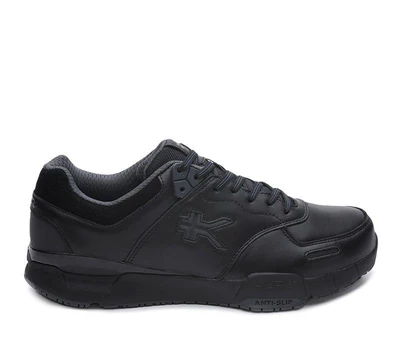
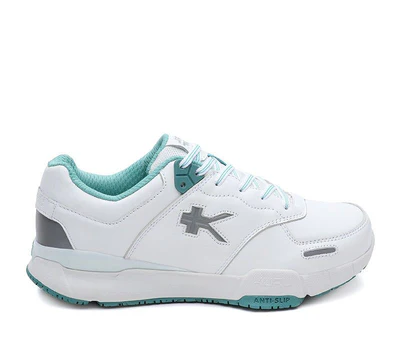

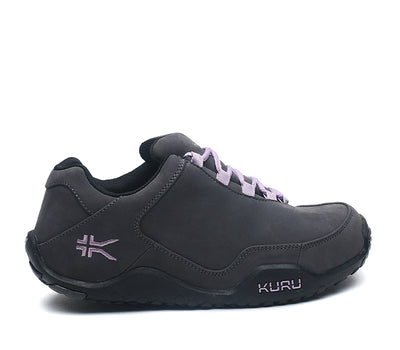
Register to receive a notification when this item comes back in stock.
Common Causes of Fibromyalgia in Women
Fibromyalgia is a chronic condition that brings constant pain, fatigue, and sensitivity—challenges that can make even daily activities feel overwhelming. While the exact cause remains unclear, researchers have identified several factors that may increase your risk, especially for women.
Understanding these triggers can help you take control of your symptoms and find better ways to manage your pain. Here are some common causes:
Understanding these causes can help you and your doctor create a treatment plan to manage symptoms more effectively.
Effective Ways to Reduce and Treat Fibromyalgia
Living with fibromyalgia can feel overwhelming, but the right approach can make all the difference. Managing symptoms and improving your quality of life often requires a combination of treatments and lifestyle changes.
Understanding your options empowers you to take control of your pain and feel more like yourself again. Here are some proven ways to help you feel and move better:
